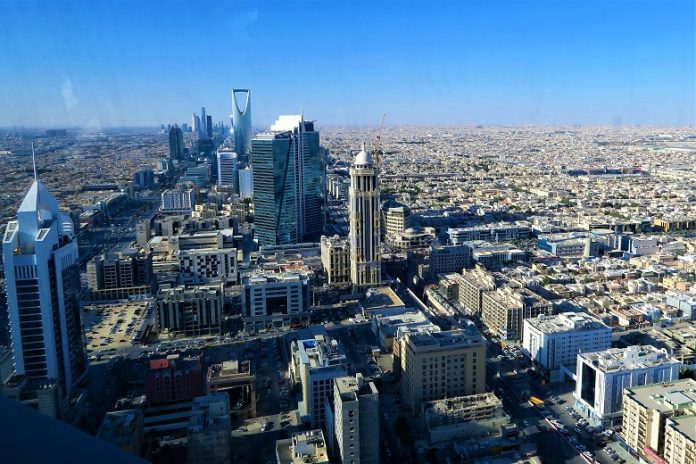A twin blow of record low oil prices and a coronavirus pandemic has forced Saudi Arabia to cut $8mn from its highly anticipated Vision 2030 modernisation programme
Vision 2030 introduction
The Saudi Vision 2030 strategic framework is designed to reduce the nation’s dependence on oil production, which makes up 30% to 40% of the country’s real GDP. The scheme, which was first announced in April 2016, is expected to help diversity Saudi Arabi’s economy, investing in public service sectors including education, healthcare, infrastructure recreation and tourism. Some of these projects will rely on mainly government funding in addition to investment from the private sector.
The vision includes various large construction projects including the redevelopment and expansion of some very major structures across different cities. Some of these include the Al Ruwaid Redevelopment, and Riyadh Medical Village, a $1.5bn project involving the construction of numerous hospitals, clinics, housing units and leisure facilities.
Funding cuts
Austerity has begun to bite the economy in Saudi Arabia and the Middle East. Recent reports have forecast that the GDP contraction for 2020 could be as much as -3.2%.
Vision 2030 plans
The investment powerhouse, which has reportedly secured over $500bn, includes ambitious major projects such as the construction of an entire city, NEOM, which is set to be 33 times the size of New York City. It has been described by Saudi’s as “the world’s most ambitious project” and will create billions of dollars for construction firms.
The plans also include a Red Sea luxury resort project which will be built between the towns of Umluj and Al-Wajh. This project is part of the project’s plan to increase tourism in the nation. Other projects include the Mall of Saudi, a 3.2bn shopping centre in the city of Riyadh which is due to be completed in 2022. A big renewable energy drive totalling up to around $200bn has also been announced which enable the nation to utilise cleaner energy.
Source: www.constructionglobal.com




































